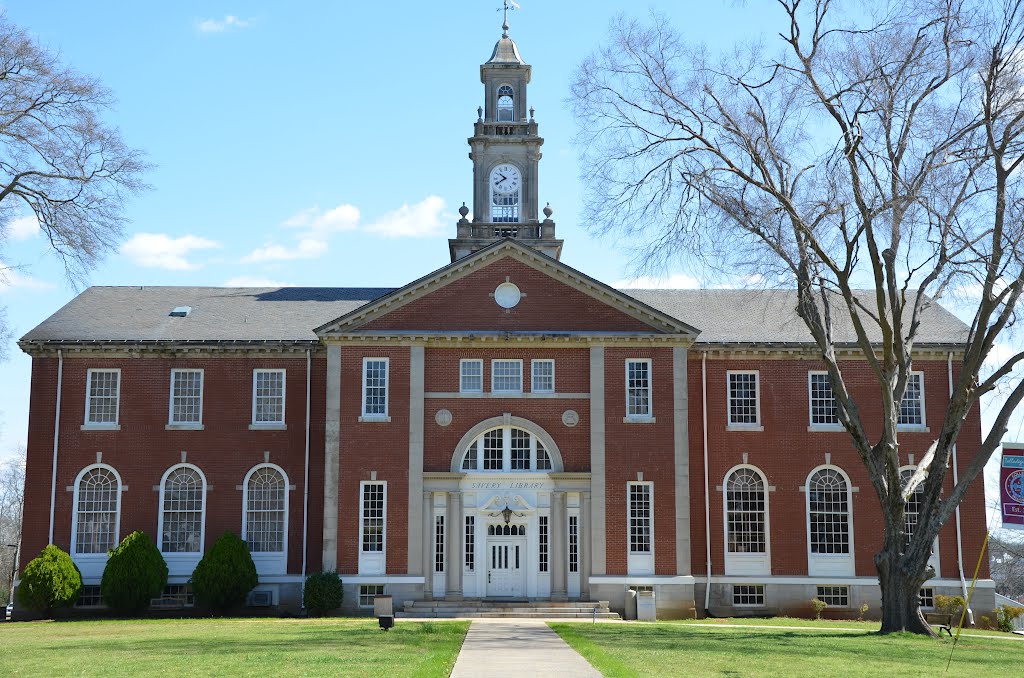Segregation Forever? The Continued Underrepresentation of Black and Latino Undergraduates at the Nation’s 101 Most Selective Public Colleges and Universities
This report examines how access for Black and Latino students at the nation’s 101 most selective public colleges and universities has changed since 2000, and…





